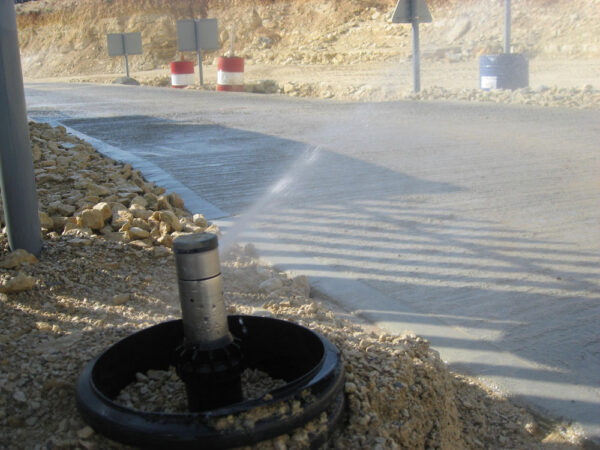Are your workers calling in sick more often? You might be shocked to learn that the air quality at your worksite has a direct effect on the health and productivity of your employees. Fortunately, with a dust suppression device, you are enhancing the air quality and the health of your workers. The effects of dust particles can be extensive, affecting people’s health, the environment, the effectiveness of equipment, and overall productivity. Recognizing how important it is to control dust emissions has led to a wide range of dust suppression methods. Wetting, dust collection systems, and adequate ventilation are examples of dust suppression methods that you can implement to make your workplace safer, healthier, and more environmentally friendly. What’s more, adopting dust suppression measures has long-term positive effects that go beyond the immediate stakeholders.
This article explores the significance of dust suppression and its positive effects on human health, the environment, and industrial processes.
Protecting human health
In dry air, dust can easily float around. Sensitive people can develop symptoms such as coughing and sneezing when exposed to these particles. When your workers cough or sneeze, they spread any additional infections they may have in their respiratory systems. One of the most important reasons to focus on dust control is to safeguard human health. When breathed in, airborne dust, especially small particles, can wreak havoc on the respiratory system. Prolonged contact with dust has been linked to respiratory problems, allergies, and other health issues. Implementing efficient dust suppression measures, such as wetting surfaces, installing dust collectors, or deploying enclosed systems, can dramatically minimize the risk of health complications associated with airborne dust. The enhanced air contains less dust that can harm your employees’ respiratory systems, reducing the spread of airborne diseases.
Preserving the environment:
There are several ways in which dust can be harmful to the surrounding environment. It can contaminate land, water, and plants, which has the potential to harm wildlife and alter ecological systems. In addition, dust can contribute to air pollution, which in turn lowers air quality and has negative effects on human and environmental health. Taking steps to stop dust helps reduce these negative effects on the environment by reducing dust emissions and keeping natural resources from becoming contaminated.
Regulatory compliance
Many sectors are subject to rules and guidelines aimed at reducing dust emissions. To avoid fines, legal action, and harm to their reputation, businesses must ensure they are in full compliance with these rules. Companies that take steps to reduce dust emissions show they care about social responsibility, environmental protection, and meeting all applicable regulations.
Increasing worker safety and productivity
Working in dusty conditions can be uncomfortable and even dangerous. It can be challenging for workers to do their duties successfully and safely when there is too much dust present since it can impair vision, make surfaces slippery, and affect the quality of the air. By using dust suppression methods like dust barriers, ventilation systems, and PPE, businesses can provide a safe and productive worksite for their employees. Worker morale, efficiency, and productivity all improve when they are not distracted by concerns about safety or lack of visibility.
Dust control is crucial and should not be underestimated. It’s important because it helps protect people’s health and the environment, makes the equipment more efficient, ensures rules are followed, and helps your business become productive and safe.

